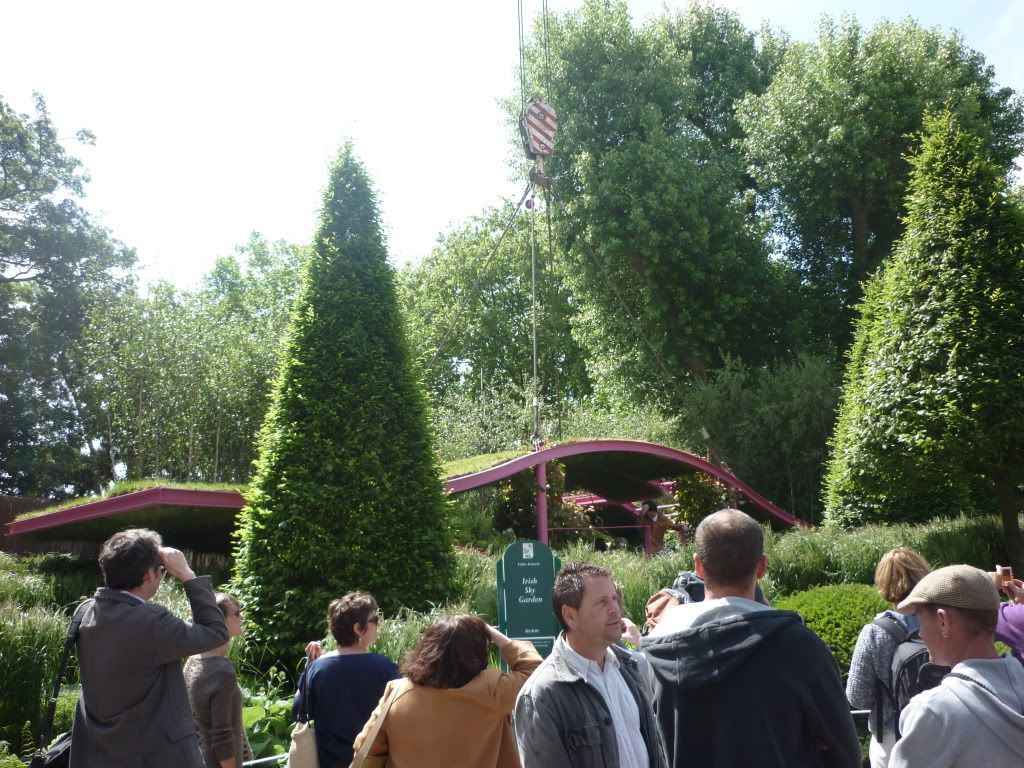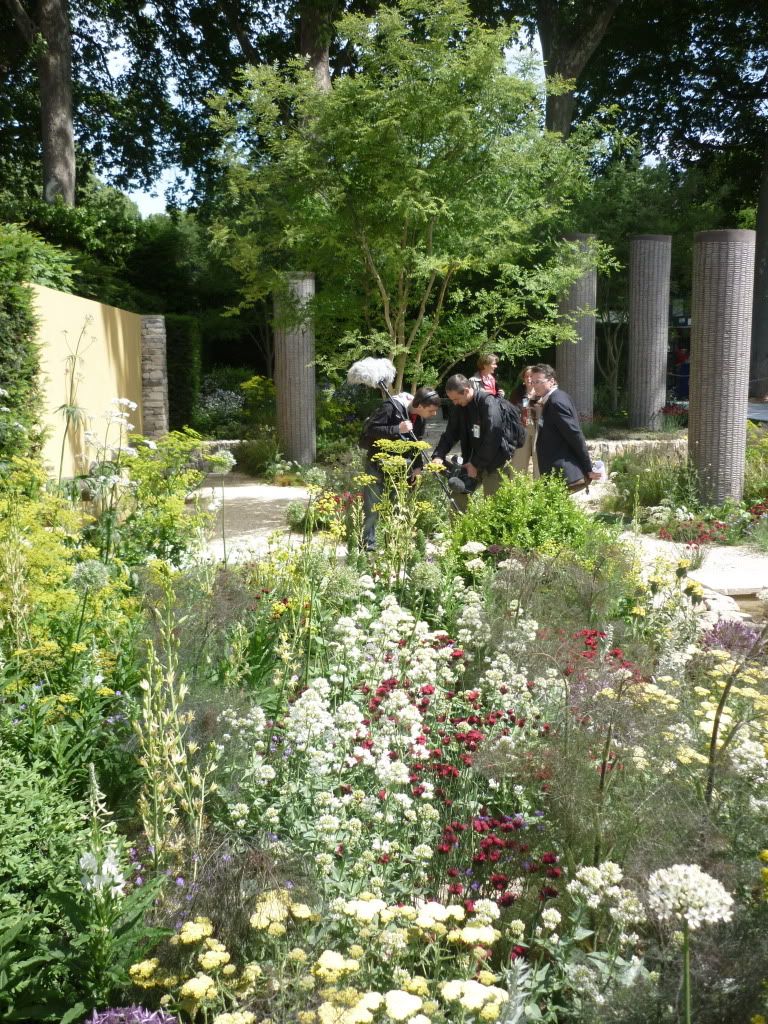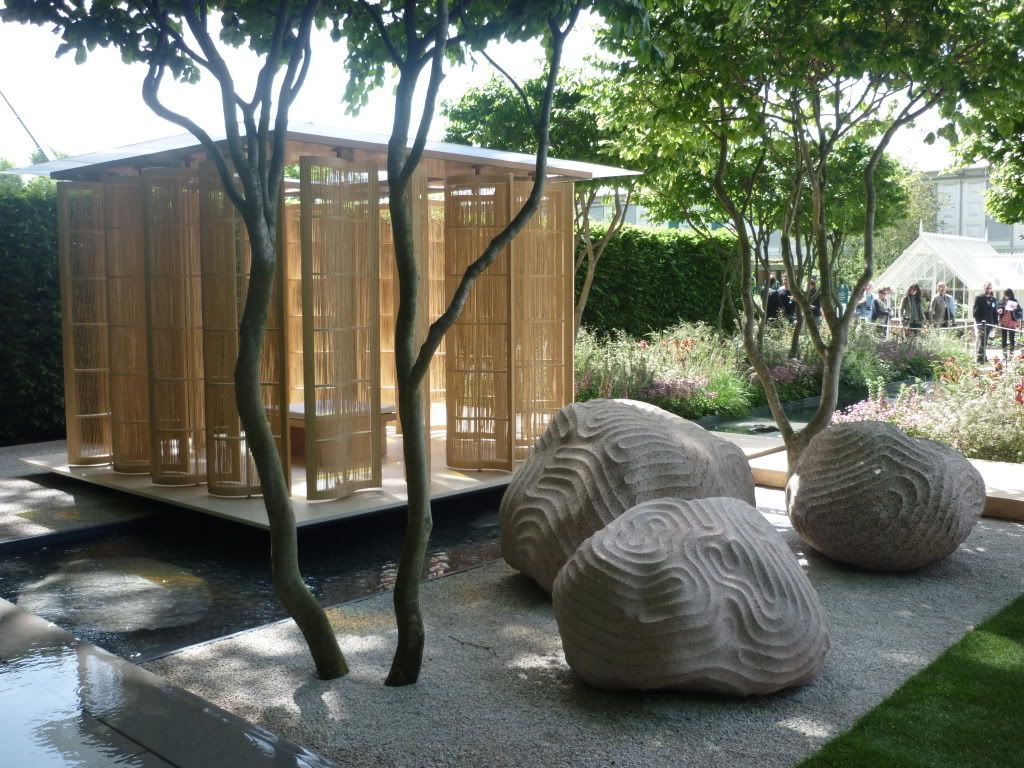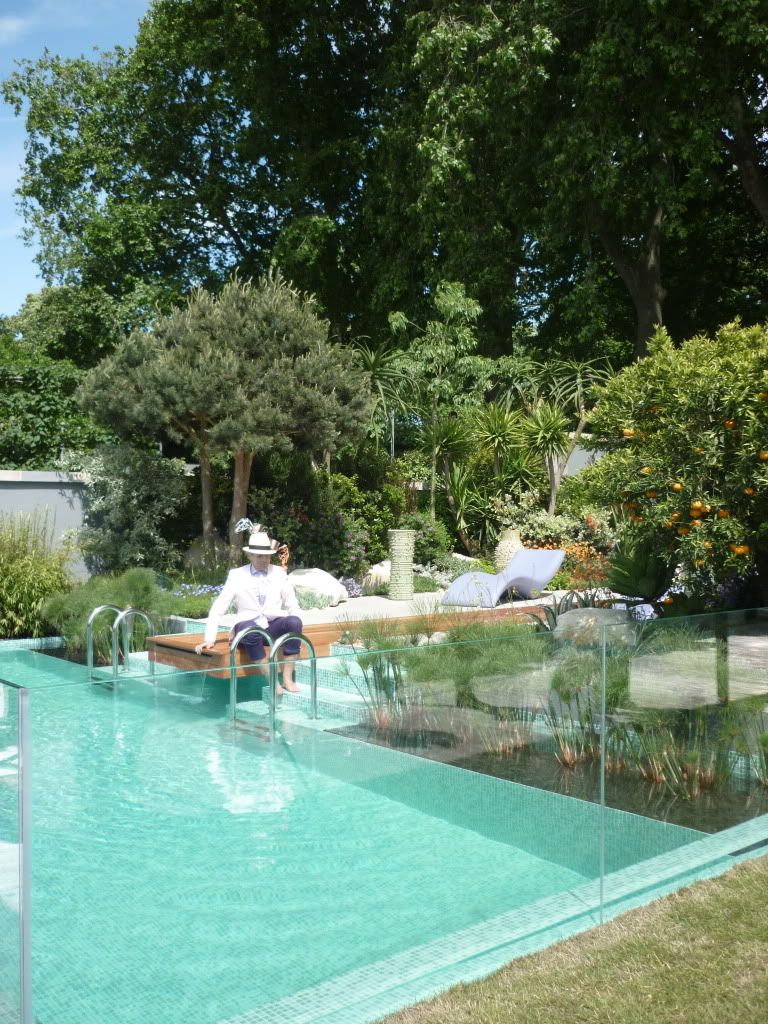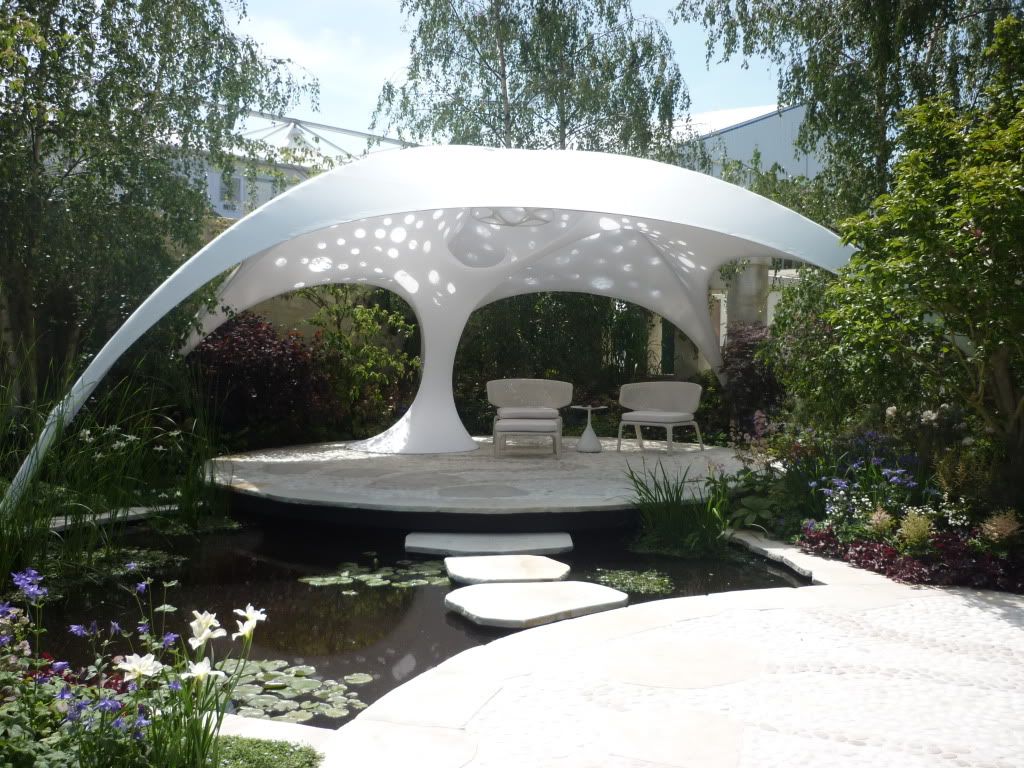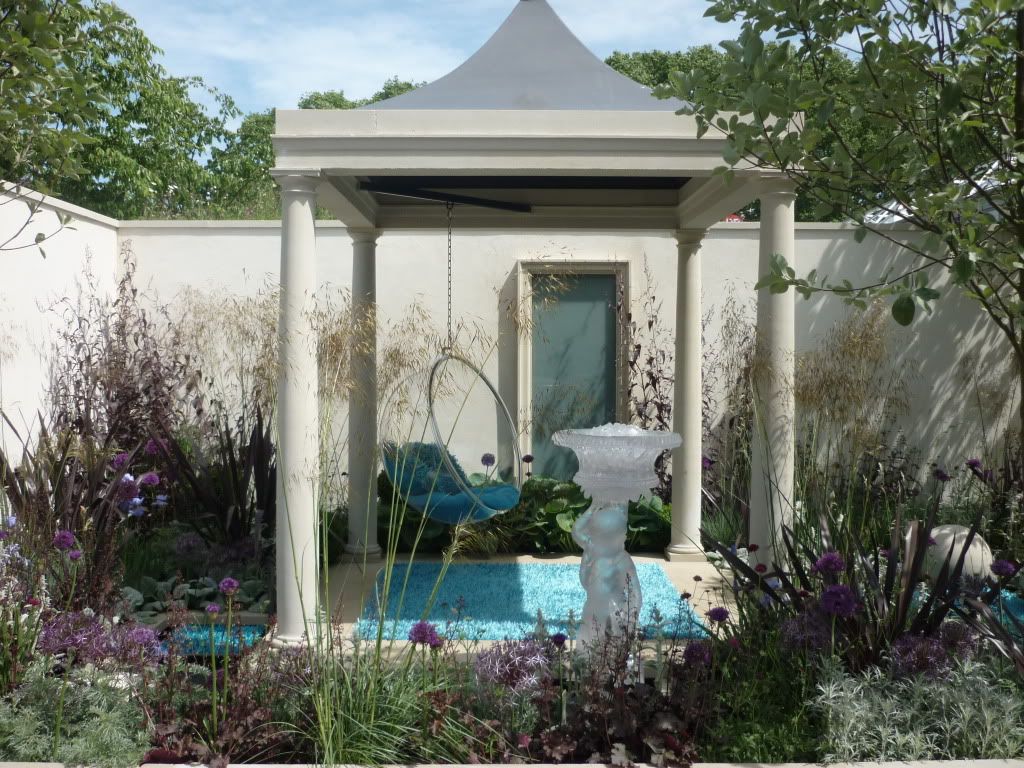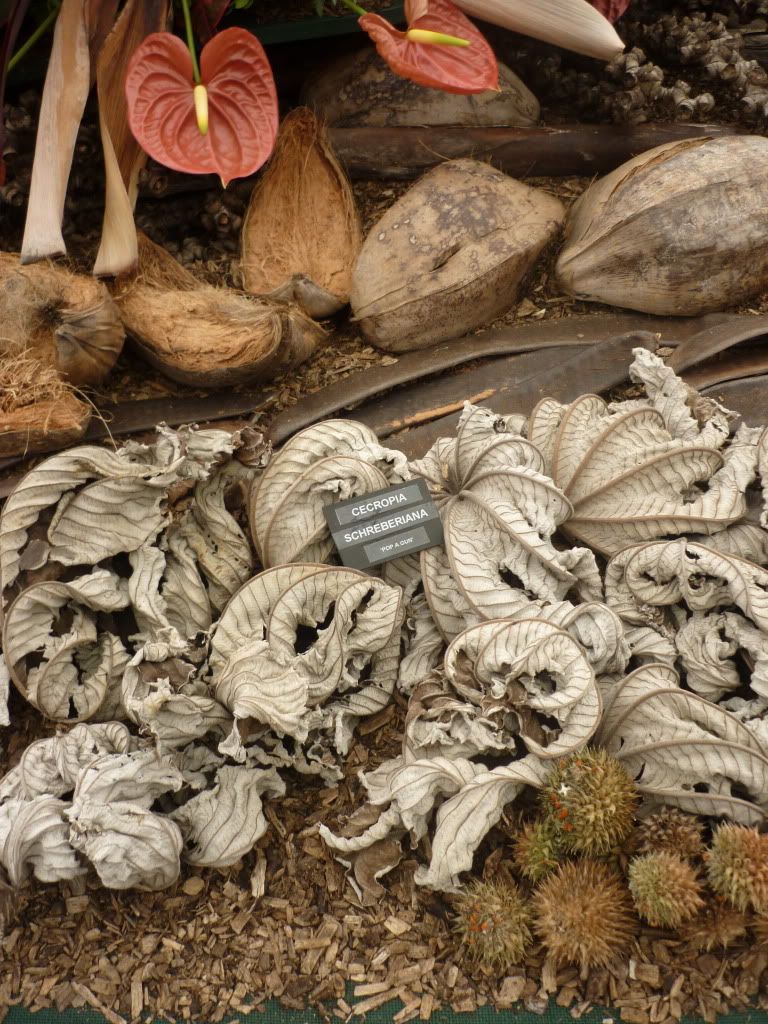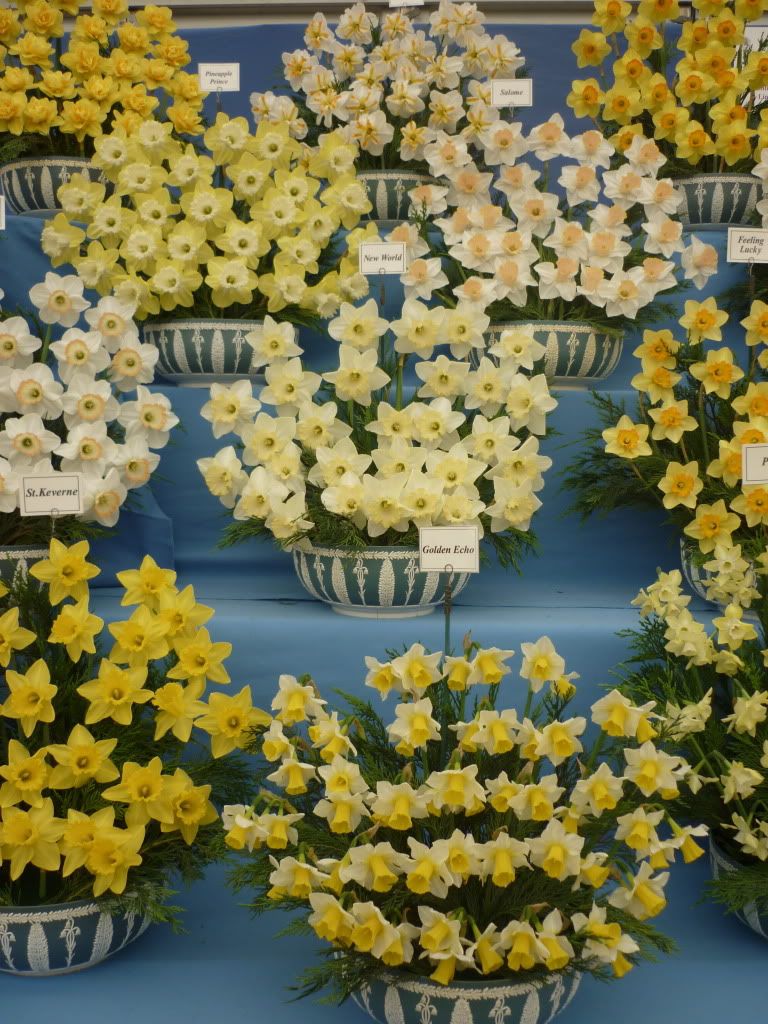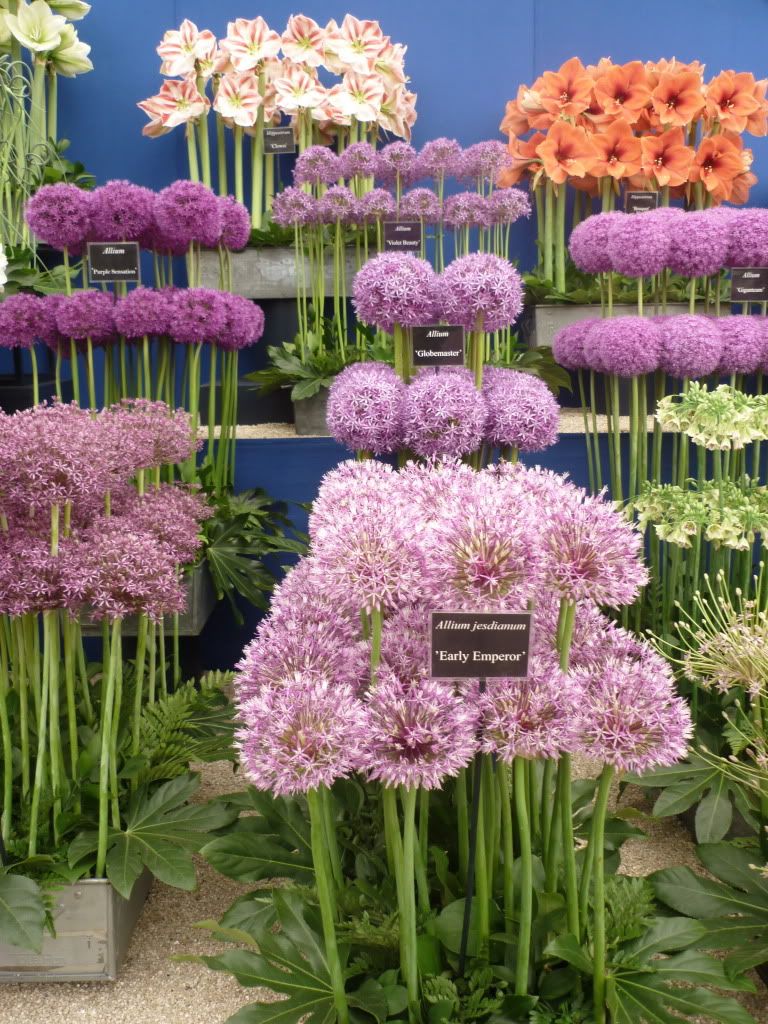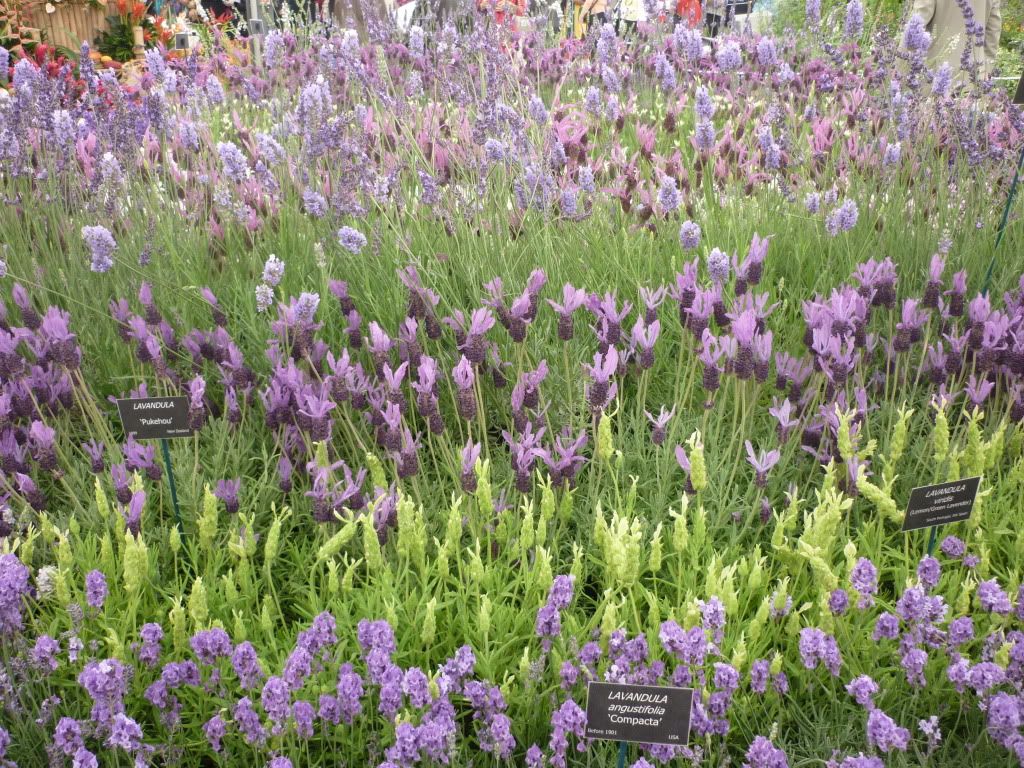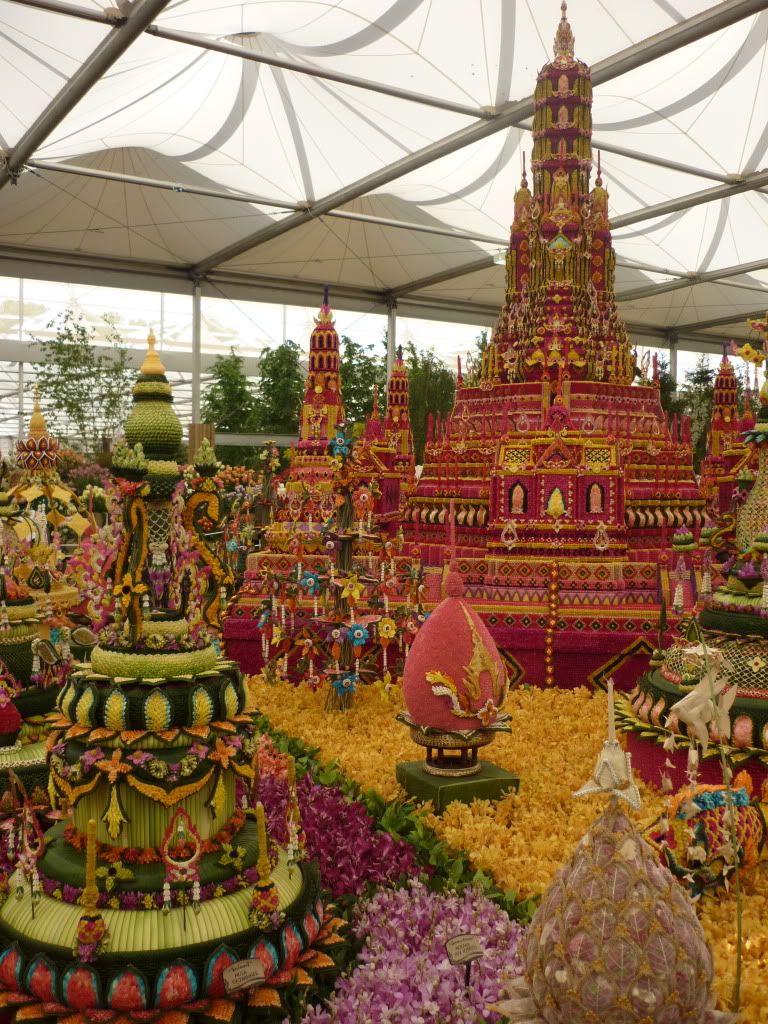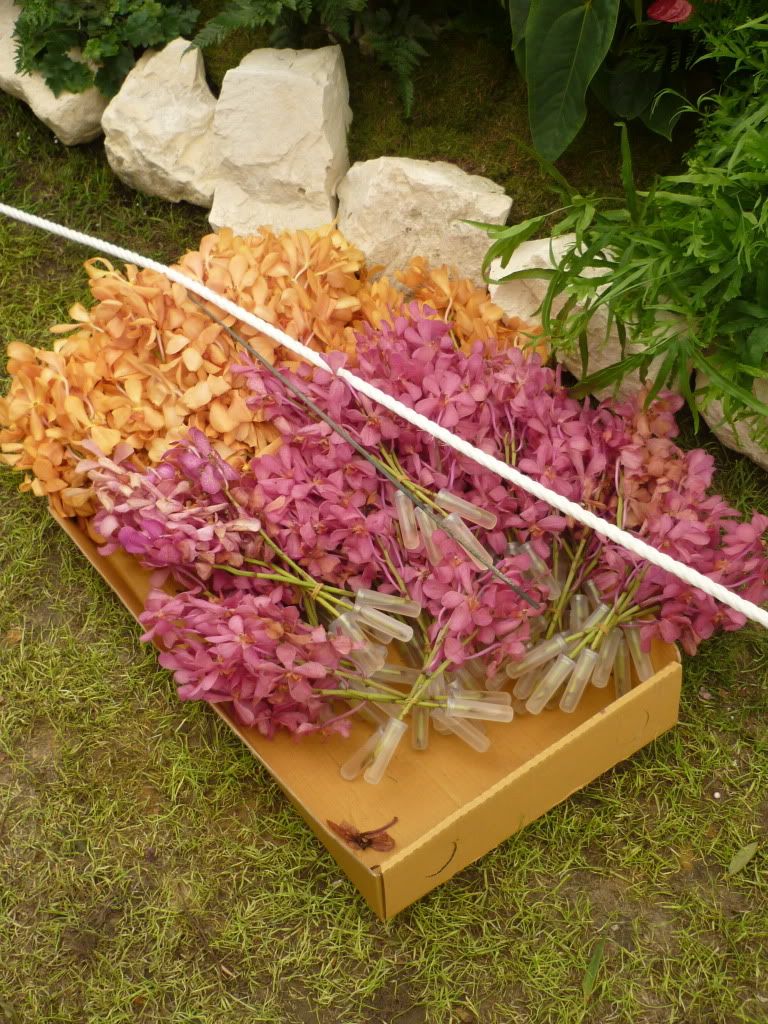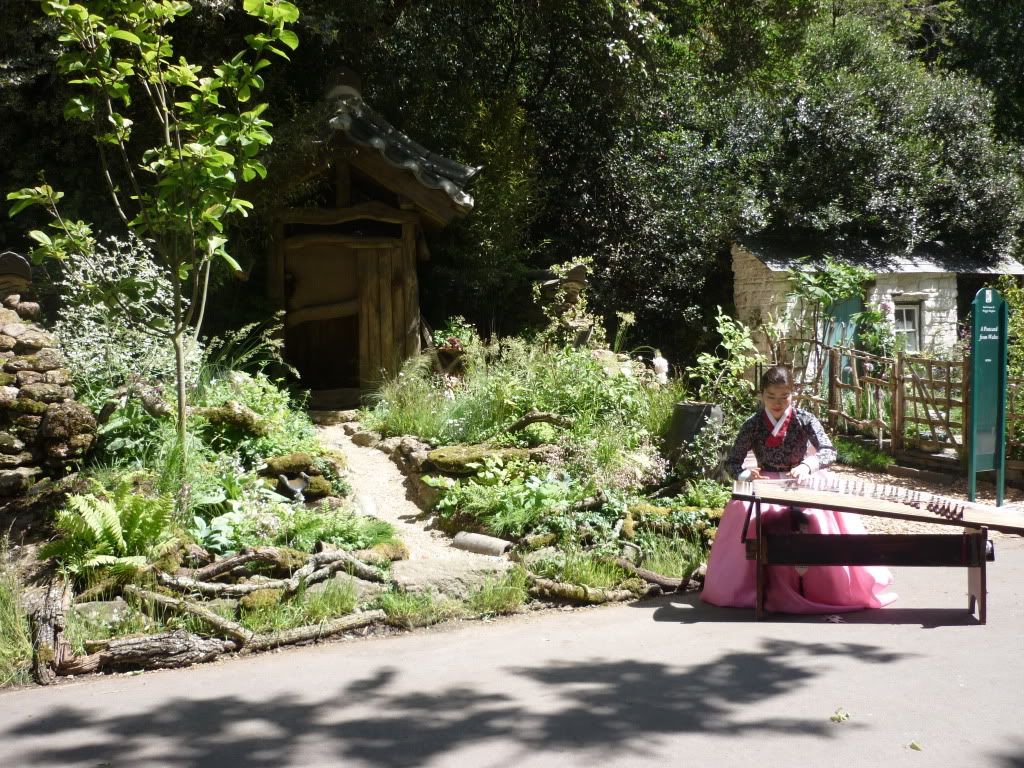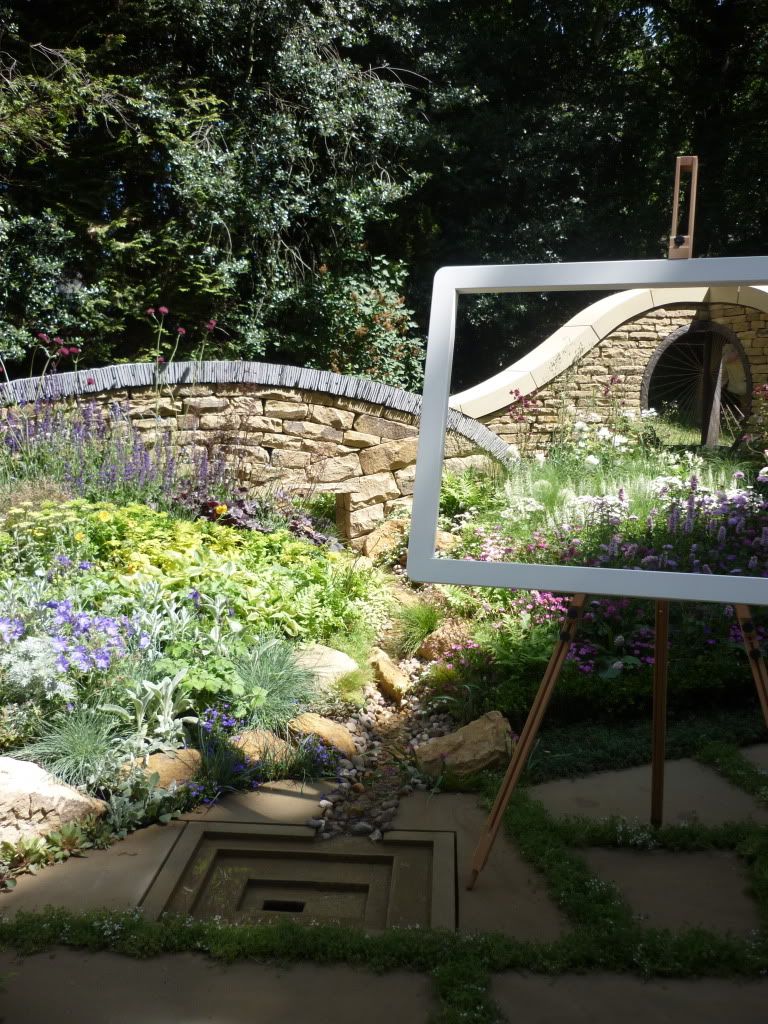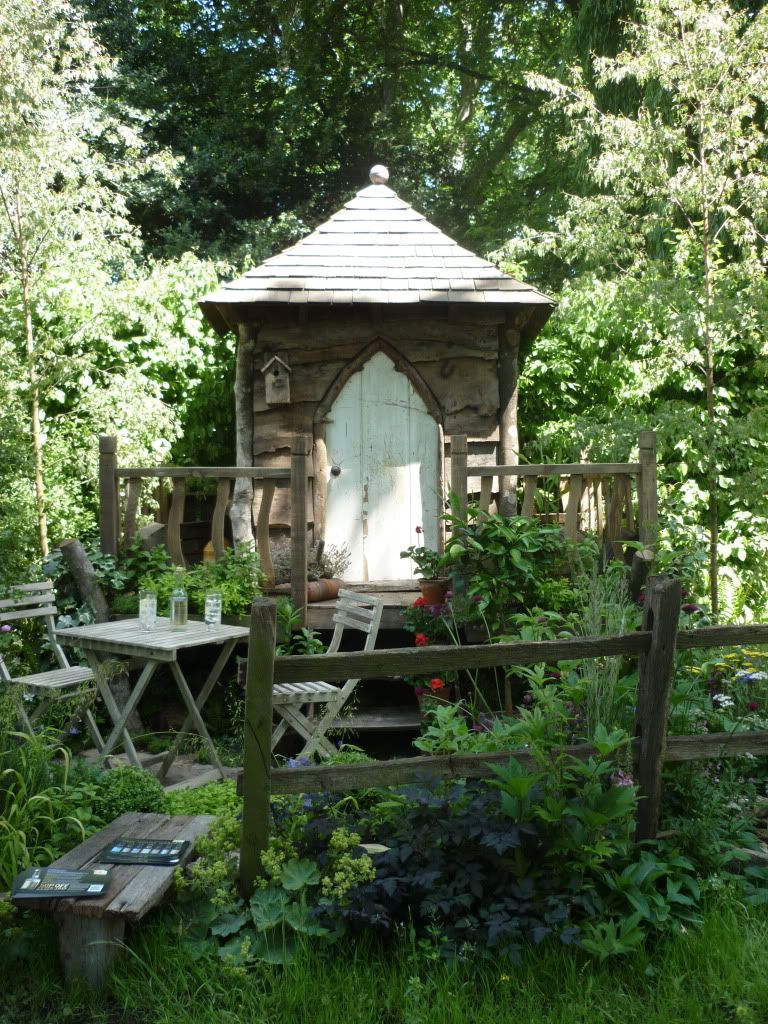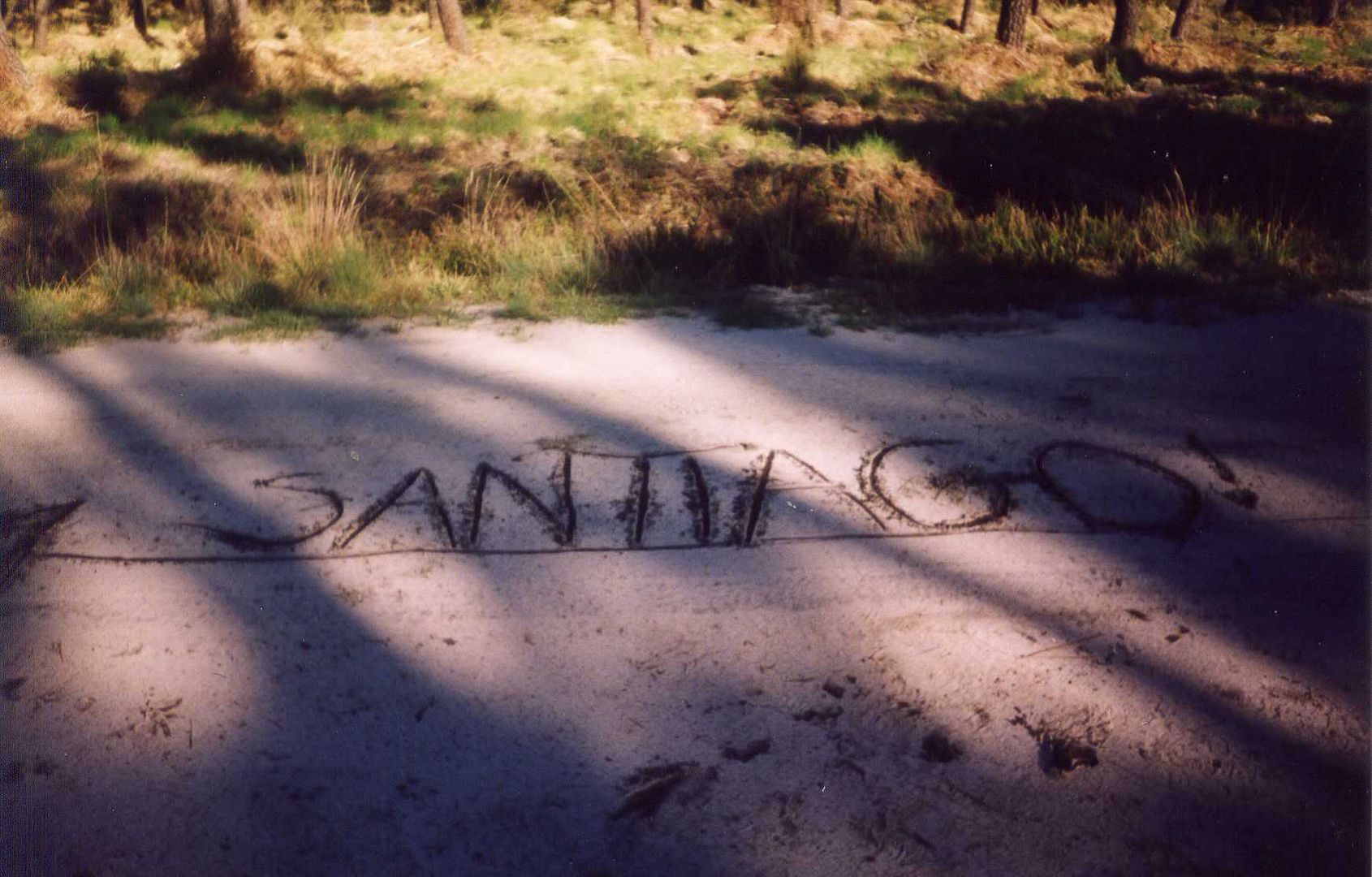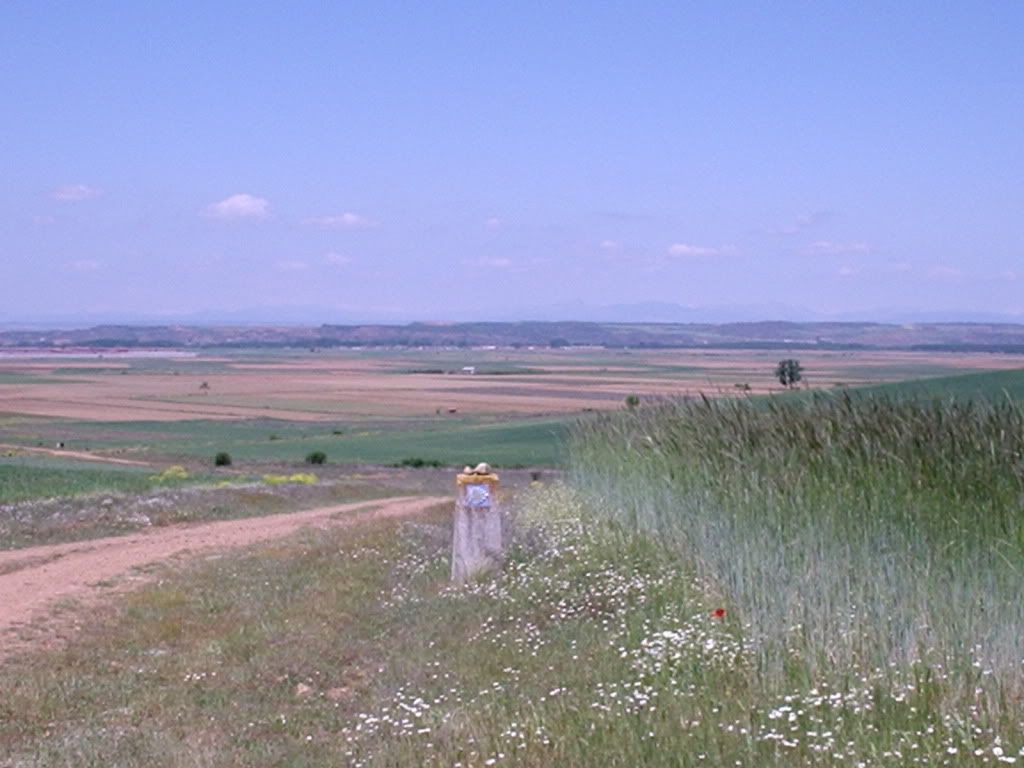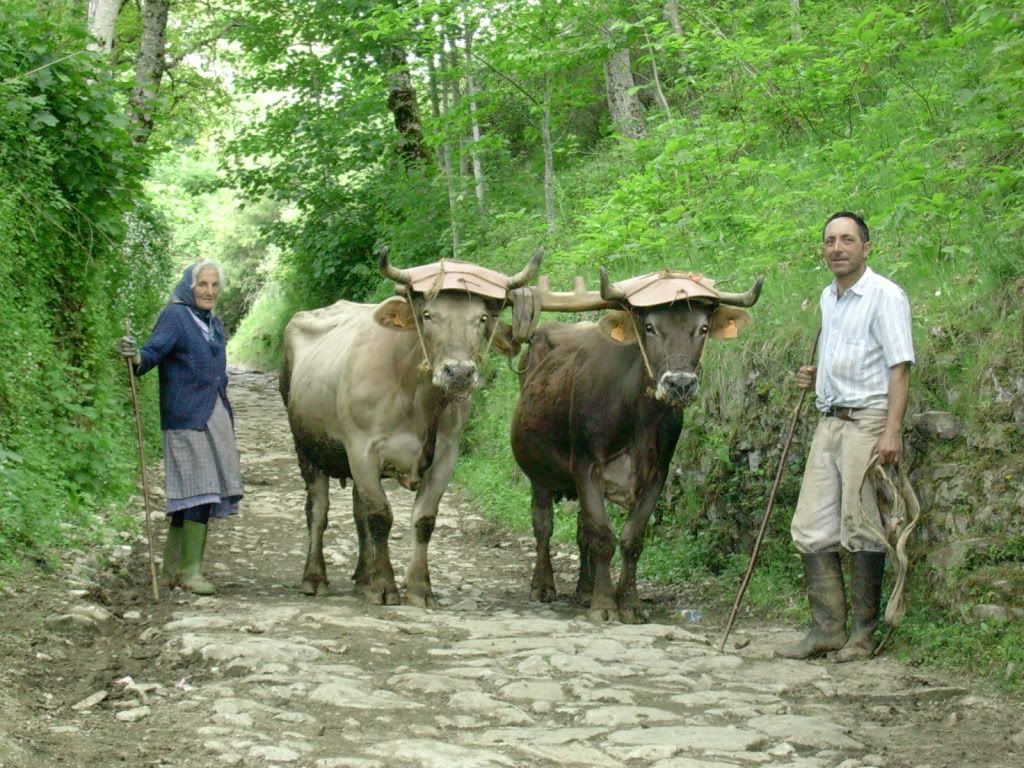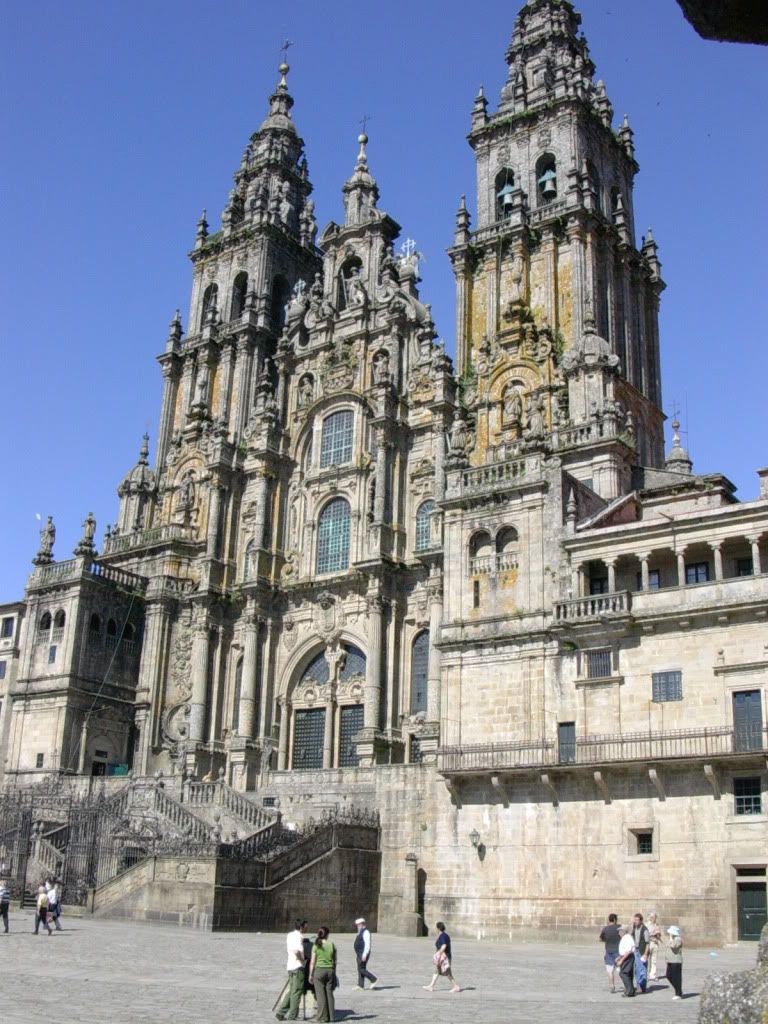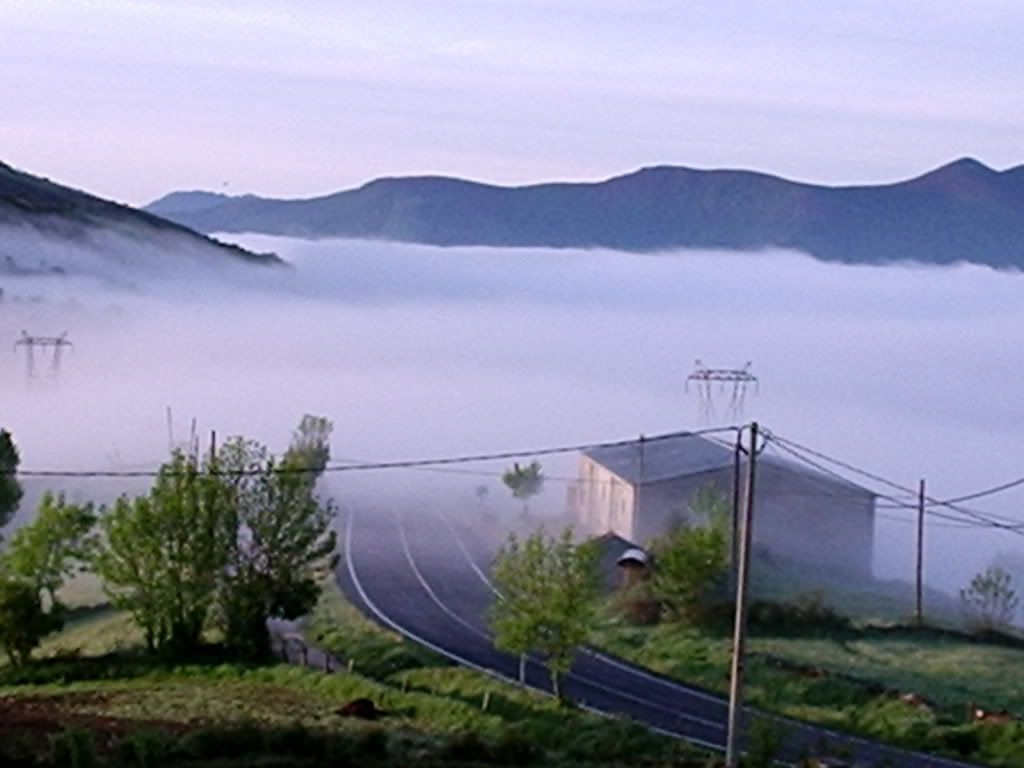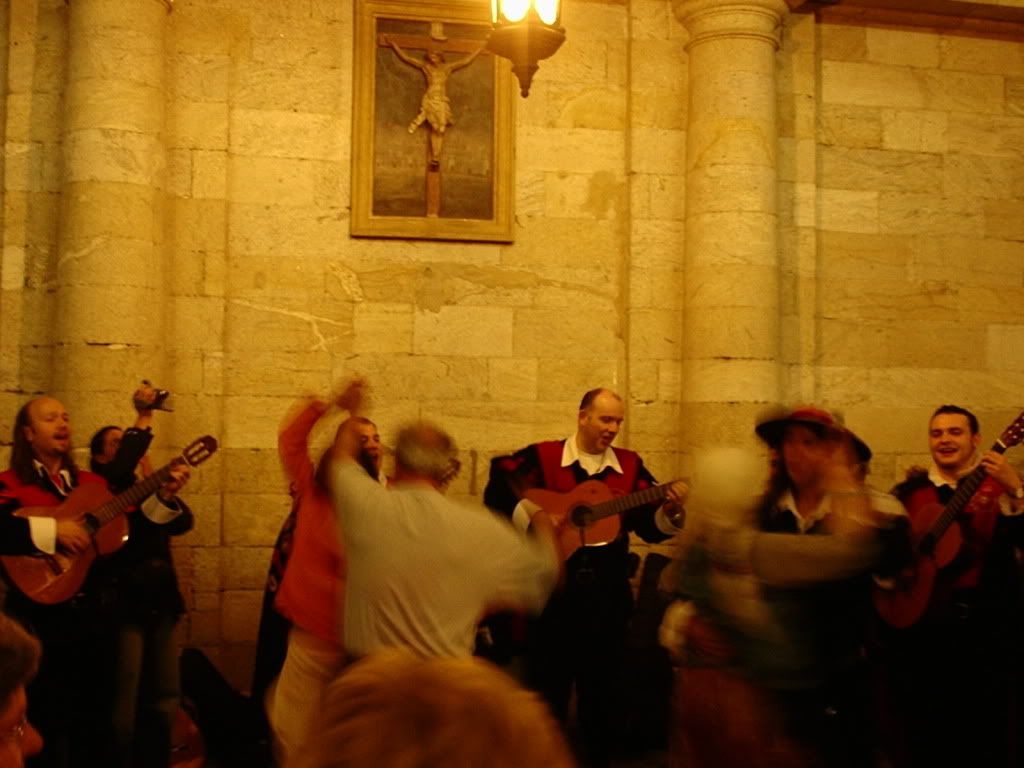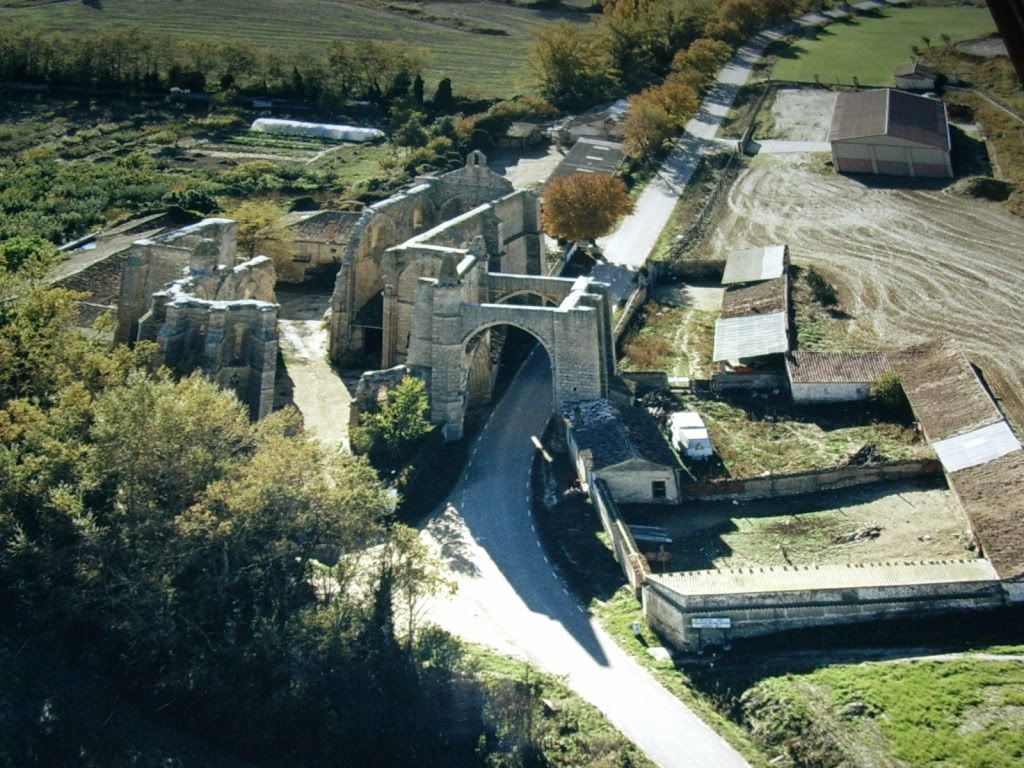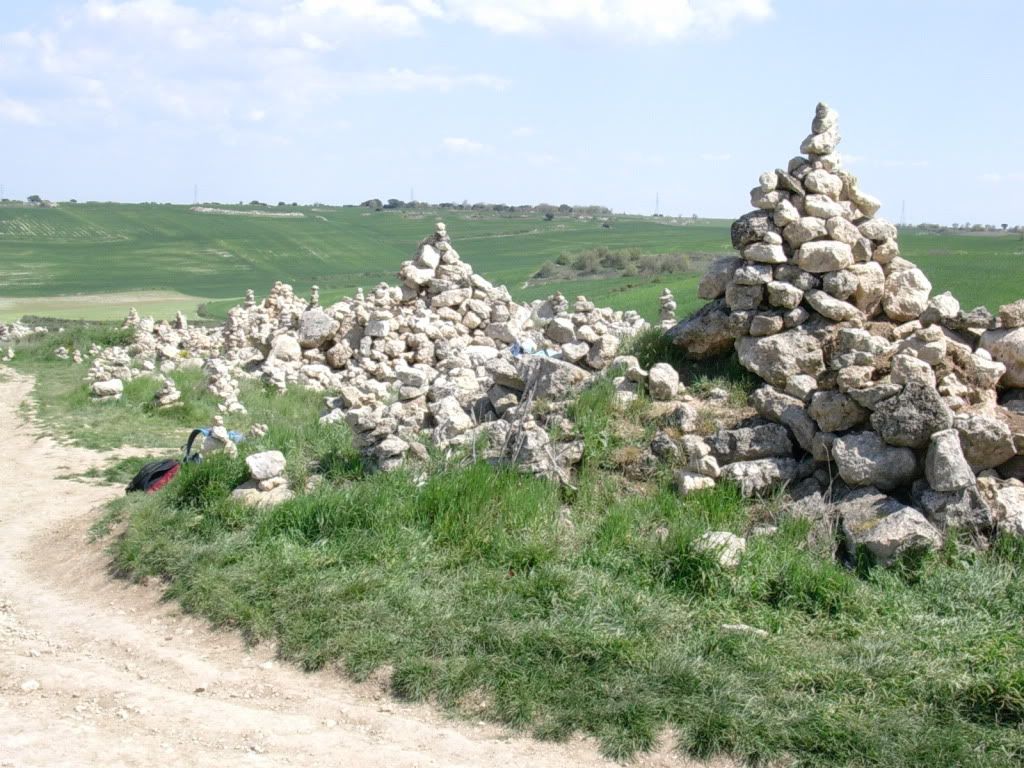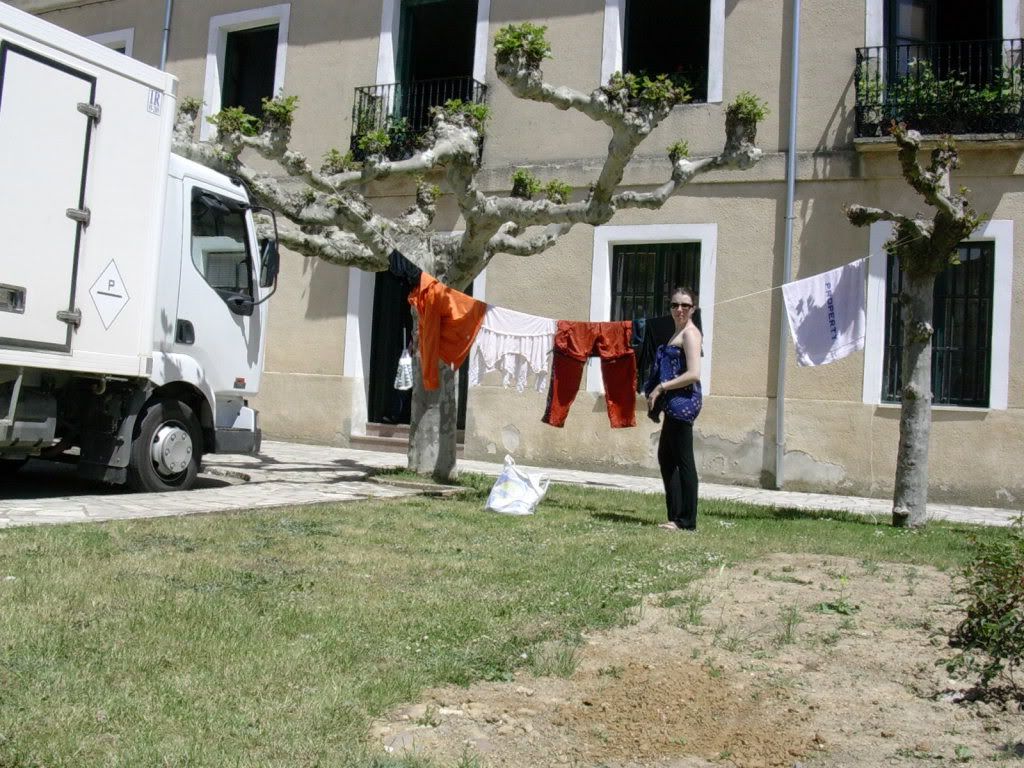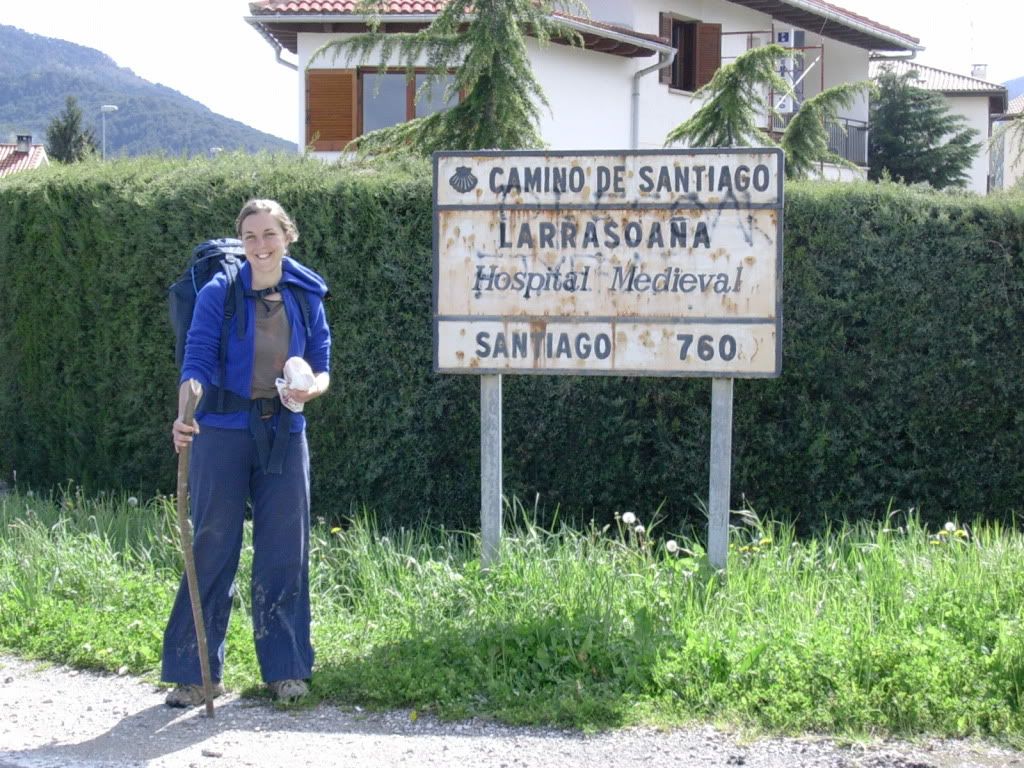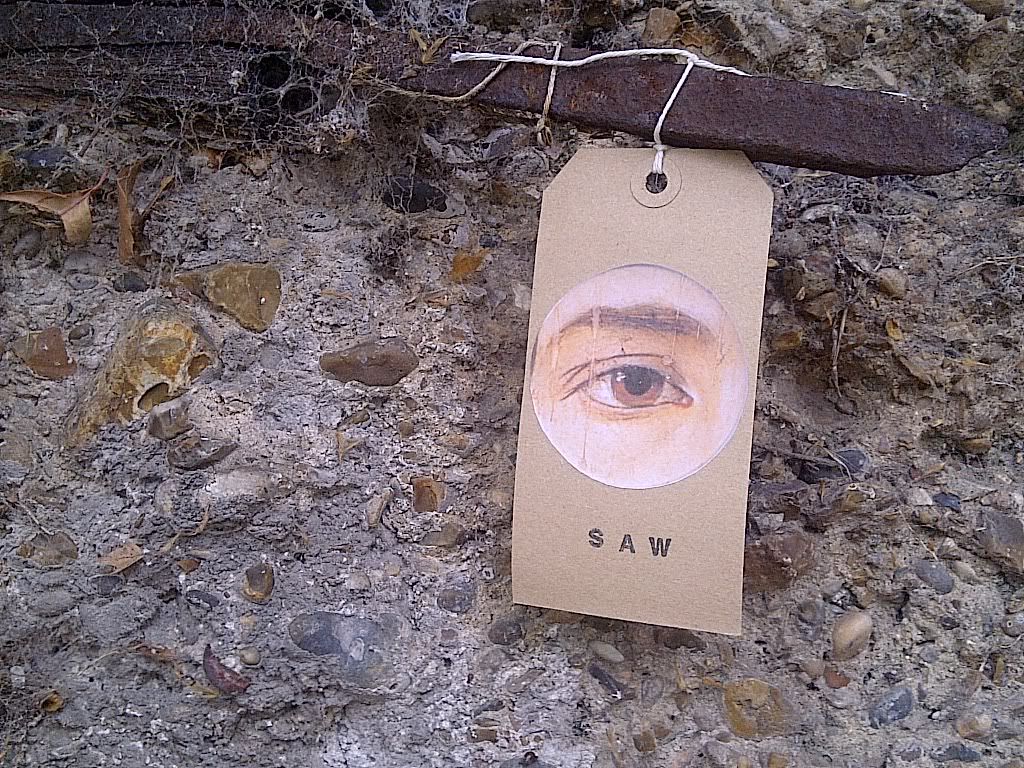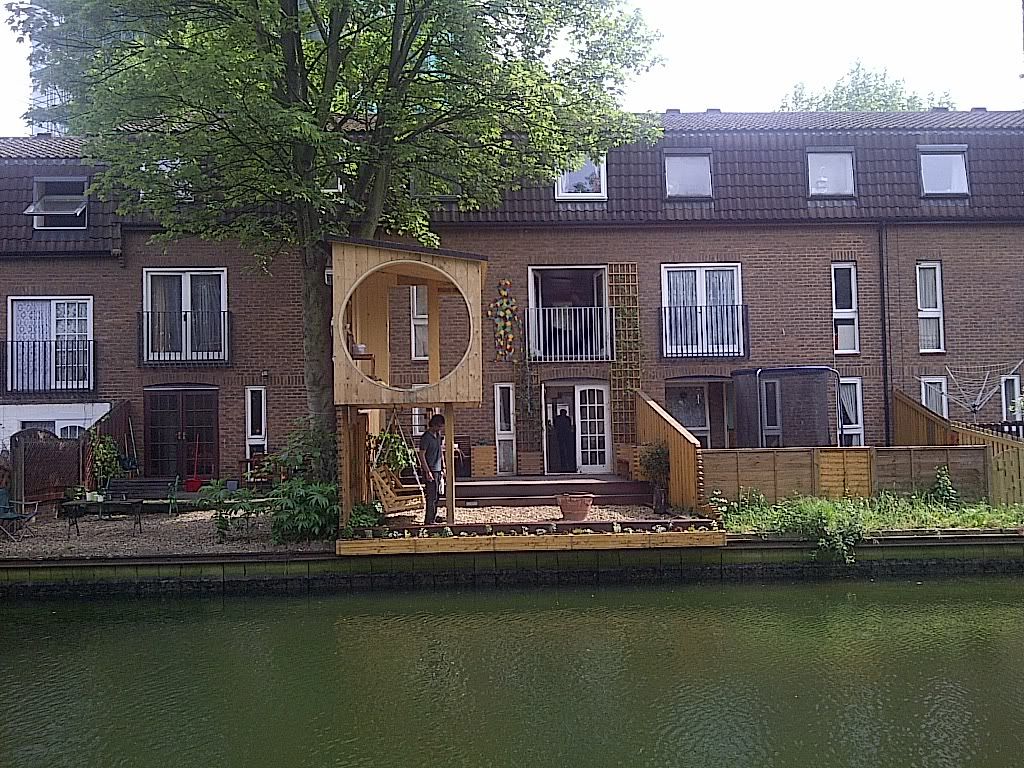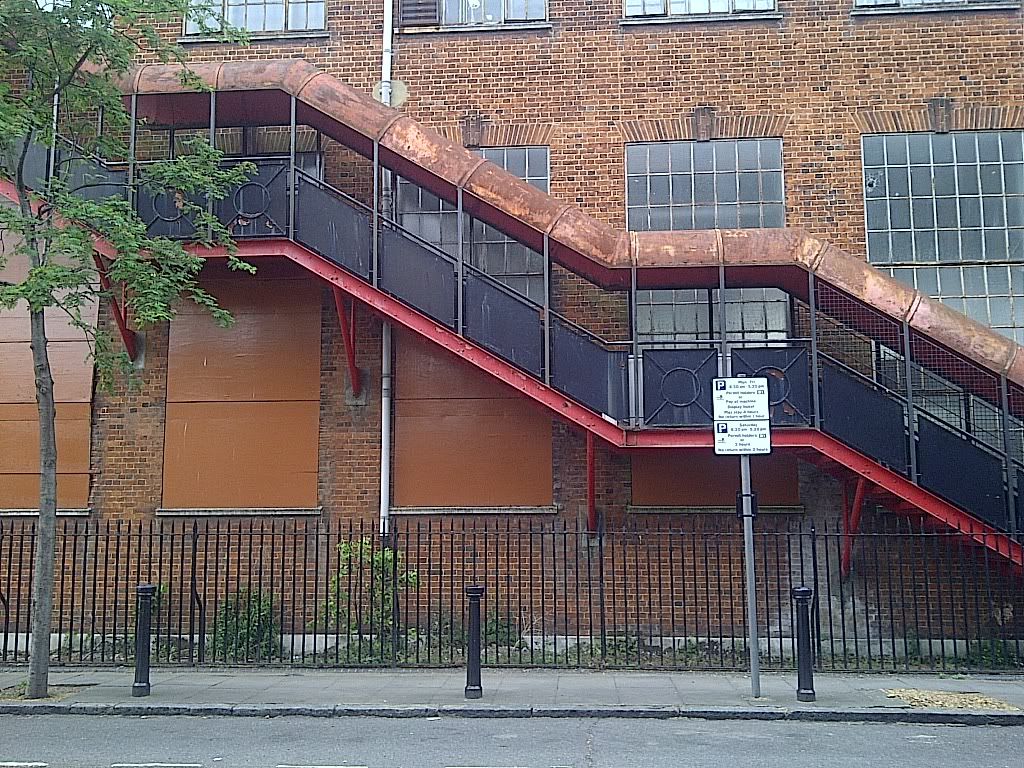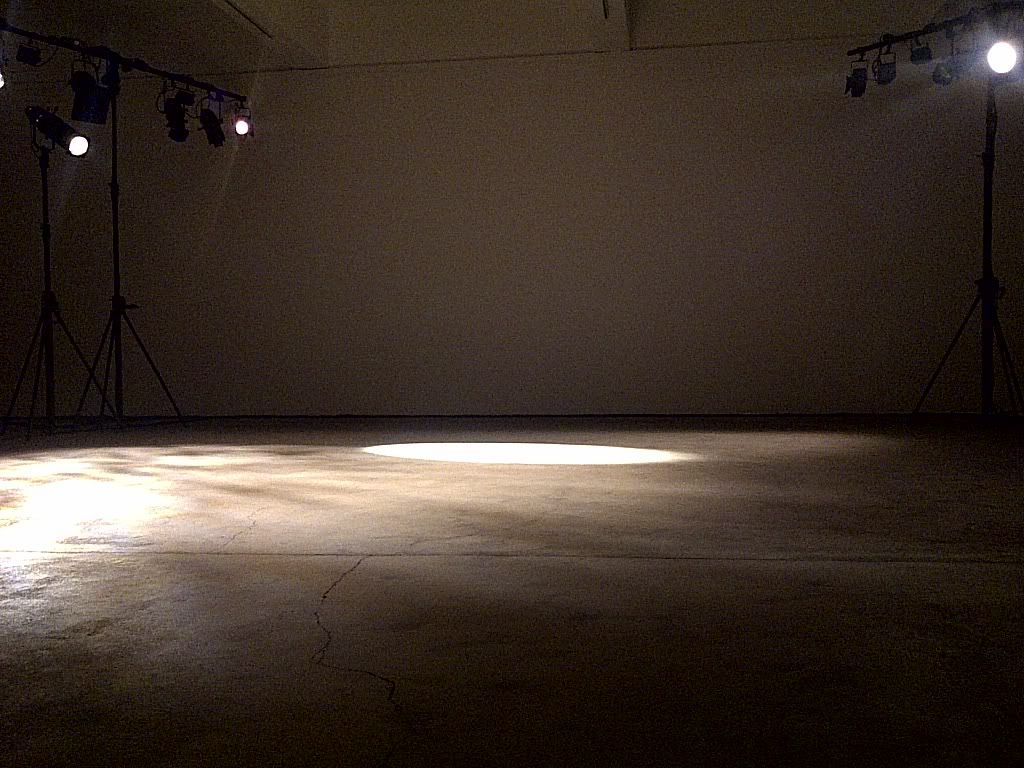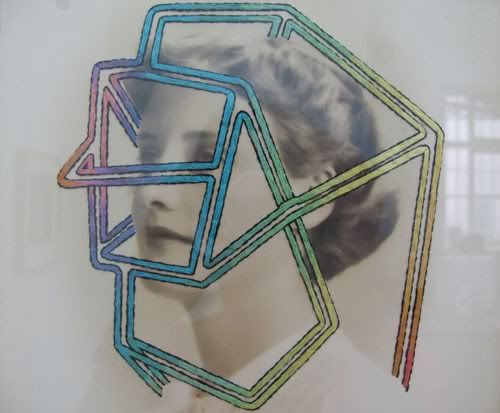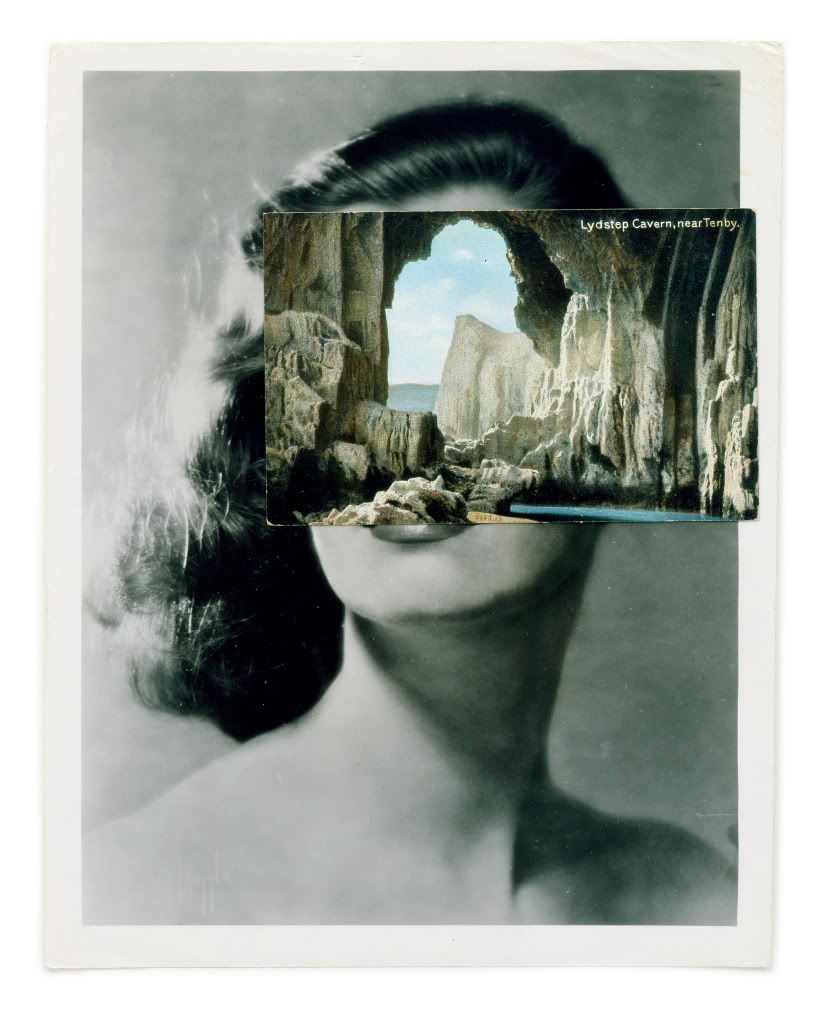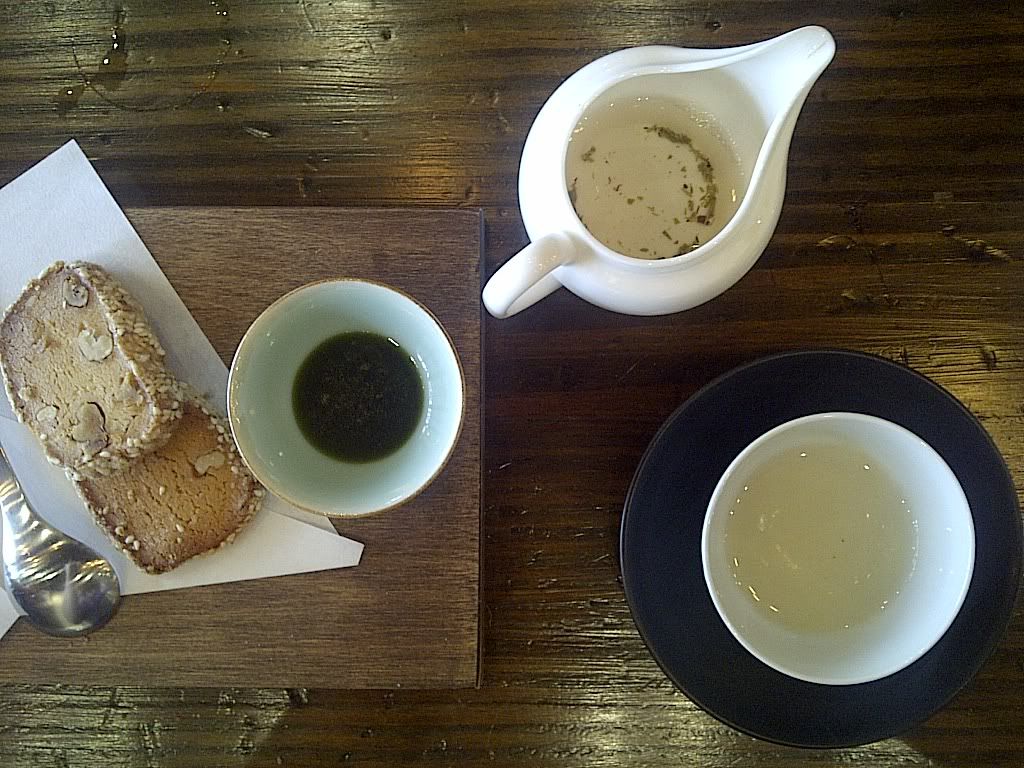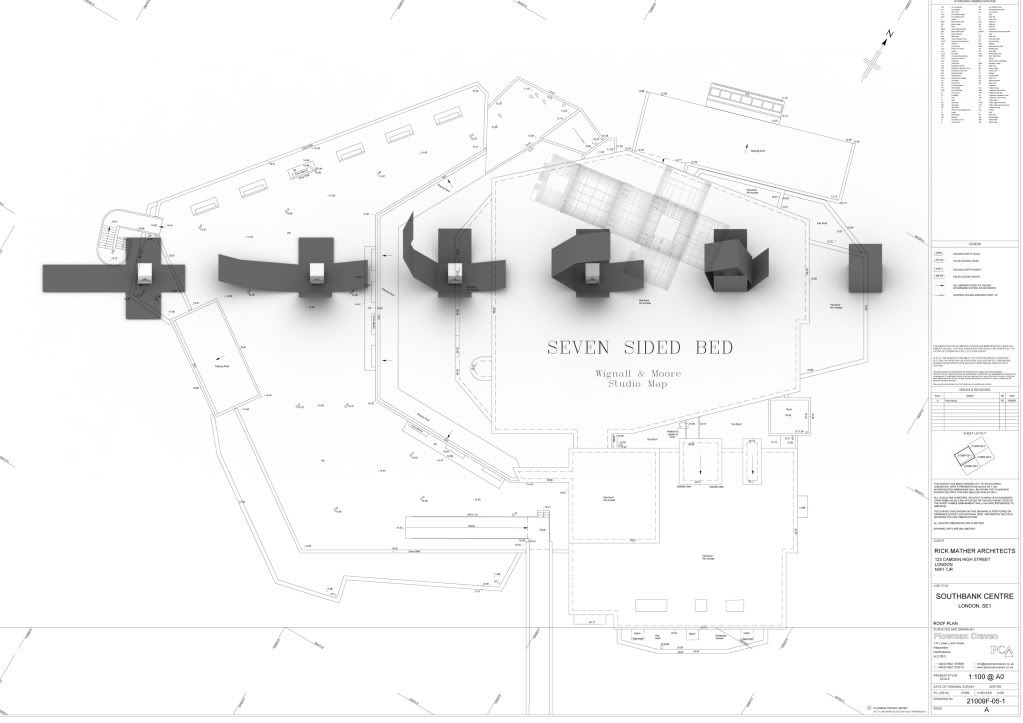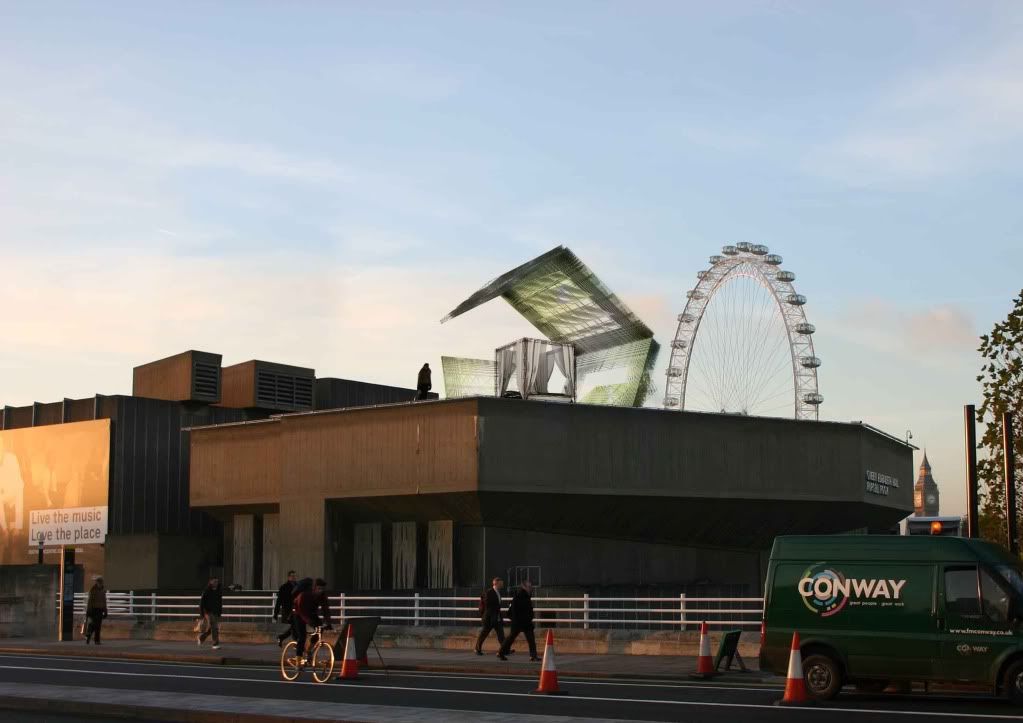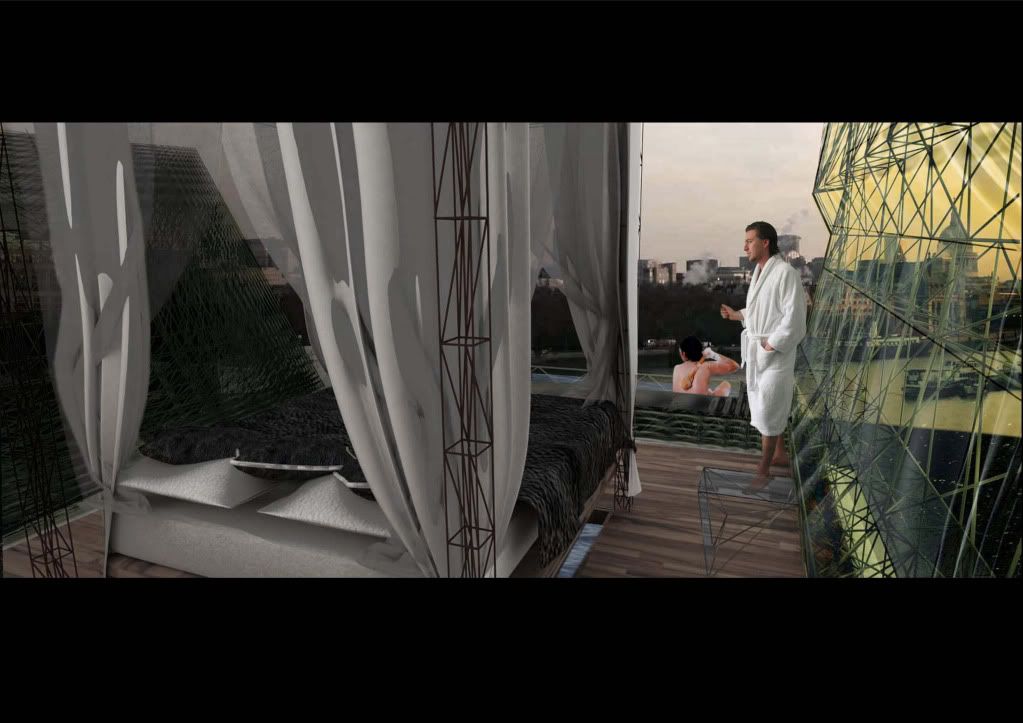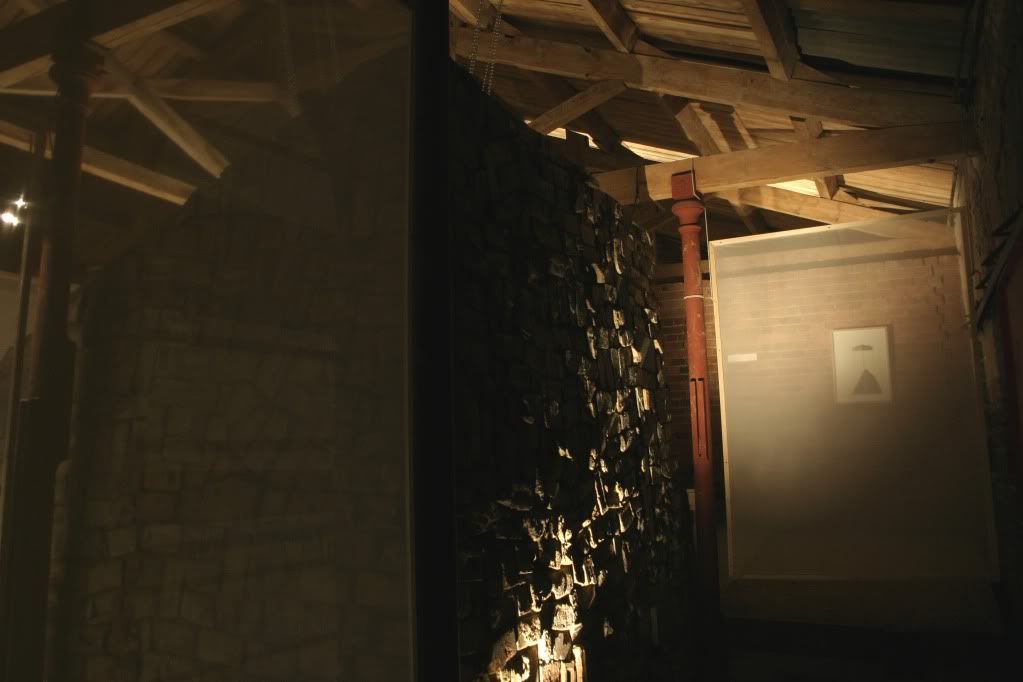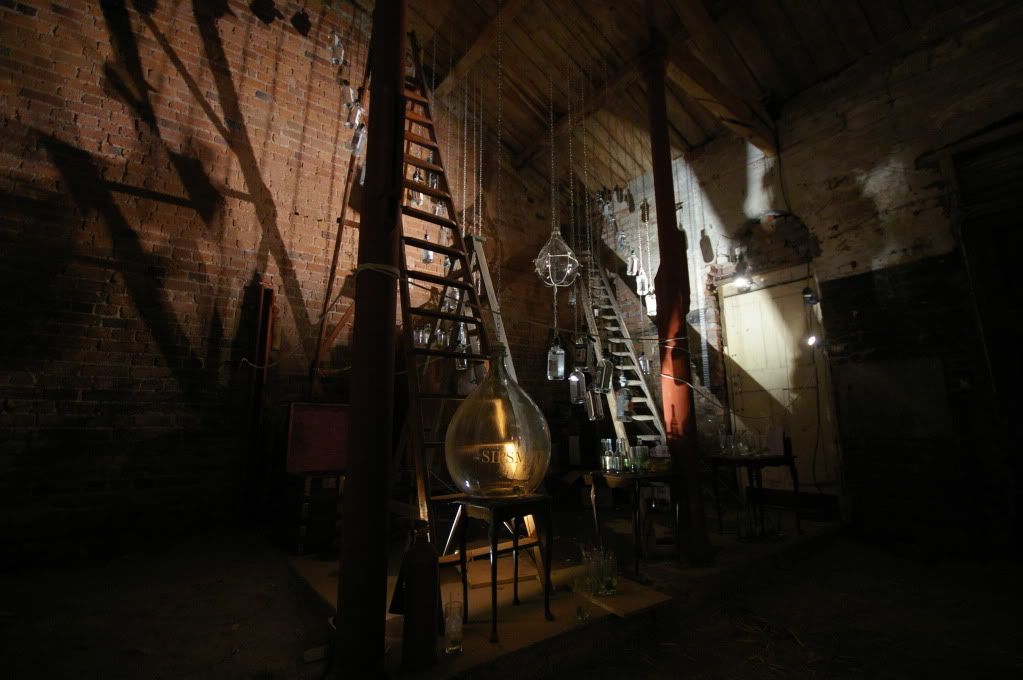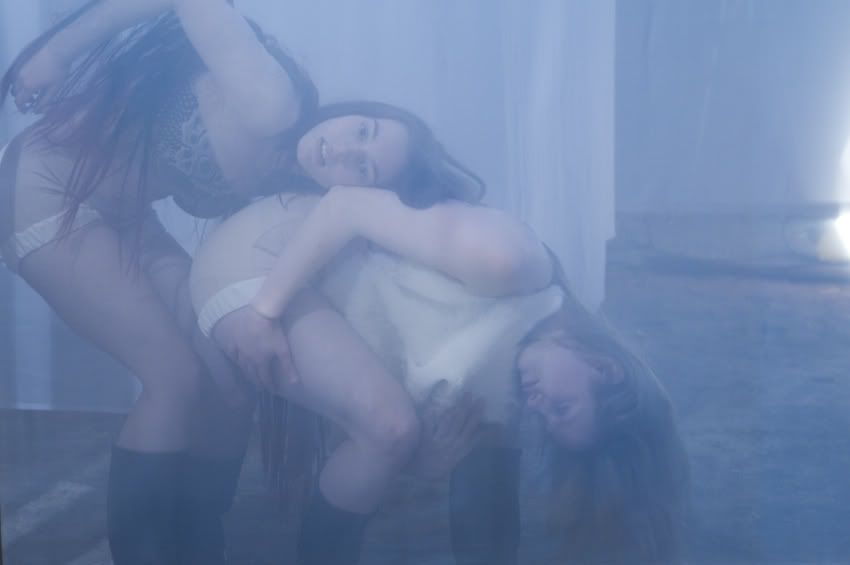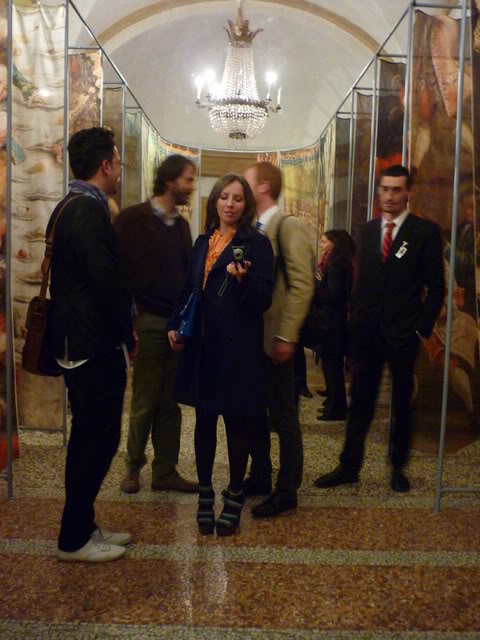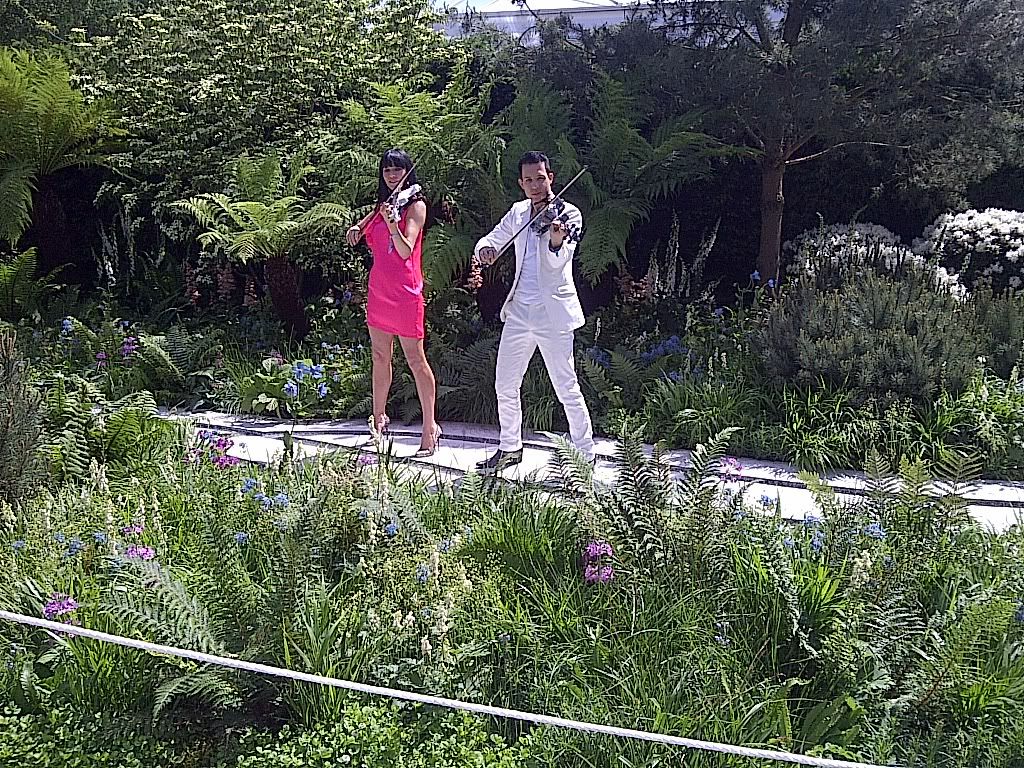
The Chelsea Flower Show is a strange event for strange people in a strange land: a nation obsessed with gardening spends four days glued to the television and their Sunday supplements, cooing over show gardens full of plants plucked from nurseries installed in the grounds of Royal Hospital Chelsea, home of the Chelsea Pensioners.
I spent most of yesterday morning wandering around in a bemused state trying to figure out just what it was about the flower show that attracted so much interest. I get that the English love their gardens, but there's something intensely peculiar about that vast swathes of interest in show gardens that are obsessively planned to look as if they'd been in situ for years, when in reality they only popped up a week ago.
It seems to me that the flower show is one of those clever marketing tricks: how to take something that (in theory) should be free or cost very little - gardening - and turn it into a multi-million pound industry by selling consumers things they never knew they wanted. I think this is where the spaceship-shaped pergolas or the bejewelled violinists come from. Didn't you always want a matching pair of violinists in your back garden.
Even while the flowers in the gardens are rather lovely, the event is spoiled by its intense artificiality. I'd rather have the true wildness of a meadow of wildflowers or the imperious splendour of the gardens at Versailles, gardens that celebrate what they are rather than pretend to be something else altogether.
When I was taking quick snaps yesterday, I realised something else. The flower show isn't an event for the people who actually go to it; it's an event for all those people watching on TV at home or reading about it in newspapers. I honestly wouldn't be surprised if the gardens were designed, planted and then photographed before being redesigned and photographed again, for one thing did surprise me in the end: the show gardens look a lot better in pictures.
